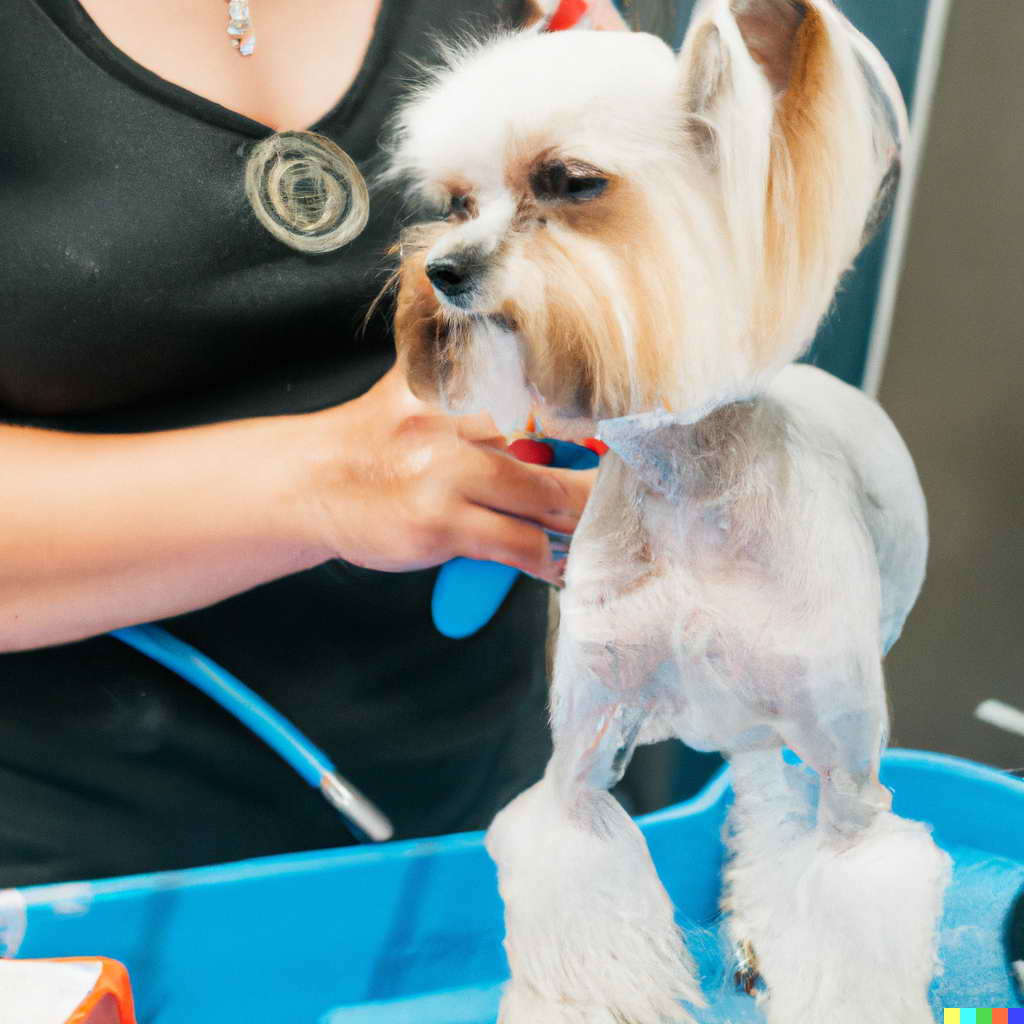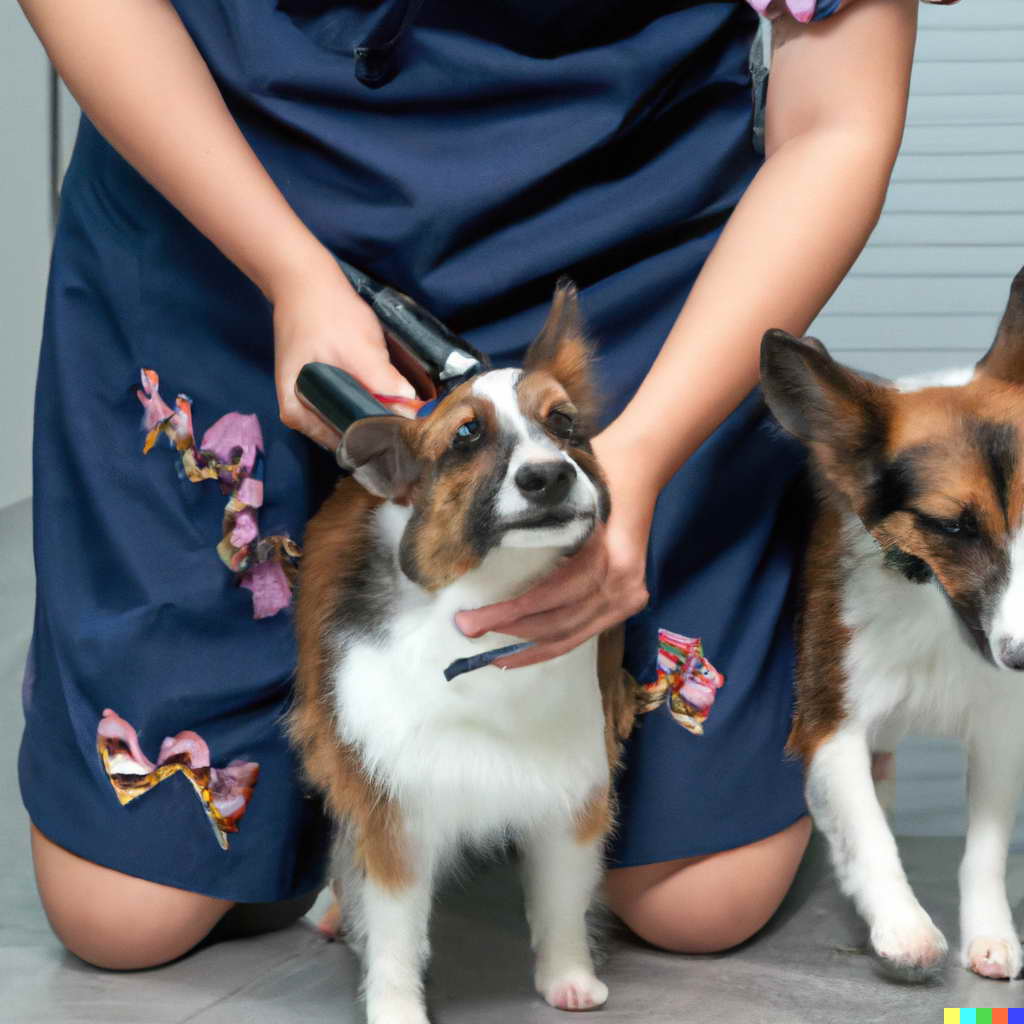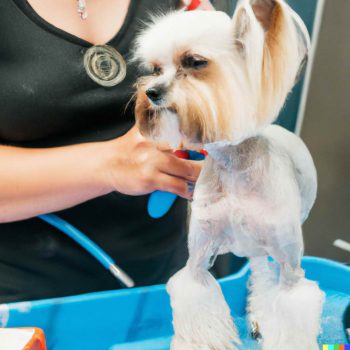 Dog Grooming Rooms Costs: Everything You Need to Know
Dog Grooming Rooms Costs: Everything You Need to Know
Dog grooming is an essential aspect of pet care, ensuring your canine companions look and feel their best. Setting up a dedicated grooming room can make this process more convenient and efficient. However, understanding the costs associated with creating such a space is crucial before embarking on this project. In this article, we’ll explore the various expenses, factors to consider and provide valuable insights to help you make informed decisions. So, let’s dive into the world of dog grooming room costs.
Dog Grooming Rooms Costs
Dog grooming rooms costs can vary significantly depending on various factors. Below, we’ll explore the key expenses you might encounter when planning your grooming space.
1. Location and Space Rental Costs
The first consideration is where to set up your grooming room. If you plan to lease a commercial space, the location and size will impact the rental costs. Highly populated areas might have higher rental prices, while larger spaces will naturally cost more than smaller ones.
2. Interior Design and Furnishings
Creating a safe and inviting environment for both groomers and dogs is essential. Investing in quality interior design and furnishings, such as grooming tables, tubs, and drying stations, will contribute to overall costs.
3. Grooming Equipment
Purchasing grooming equipment, including clippers, scissors, brushes, and nail trimmers, is necessary for your grooming room. High-quality tools may come with a higher upfront cost but can save you money in the long run due to their durability and efficiency.
4. Safety and Hygiene Supplies
Maintaining a clean and hygienic space is crucial in dog grooming. Factor in the costs of cleaning supplies, disinfectants, gloves, and other safety equipment to ensure a safe environment for both the groomers and the dogs.
5. Licensing and Insurance
Running a dog grooming business requires appropriate licensing and insurance coverage. These costs might vary depending on your location and the scale of your operation.
6. Marketing and Advertising
Once your grooming room is up and running, you’ll need to attract clients. Budget for marketing and advertising efforts to spread the word about your services and reach your target audience.
7. Employee Salaries and Training
If you plan to hire groomers, remember to include their salaries and potential training costs in your budget.
8. Utility Expenses
Consider utility expenses such as electricity, water, and heating/cooling when setting up your grooming room. These costs can vary based on the size of the space and usage.
9. Maintenance and Repairs
Over time, your grooming room might require maintenance and occasional repairs. Budgeting for these unforeseen expenses is essential to keep your space running smoothly.
10. Additional Services and Amenities
Offering extra services like pet spa treatments or premium grooming packages can attract more customers. However, these additional services might incur extra costs.
11. Pet-Friendly Decor
Investing in pet-friendly decor and amenities can enhance the overall experience for the dogs and their owners.
12. Technology and Software
Incorporating technology and grooming management software can streamline your operations, but it comes with initial costs.
13. Waste Disposal and Environmental Compliance
Proper waste disposal and compliance with environmental regulations are vital for a responsible grooming room. Budget for these expenses accordingly.
14. Membership Fees and Associations
Consider joining pet grooming associations or organizations for networking opportunities and access to industry resources.
15. Contingency Fund
Always have a contingency fund to address unexpected expenses or emergencies.
16. DIY vs. Professional Services
Decide whether you’ll handle certain aspects of setting up the grooming room yourself or hire professionals.
17. Grooming Room Layout Optimization
Designing an efficient and ergonomic layout can impact productivity and costs.
18. Negotiation Skills
Develop negotiation skills when dealing with suppliers to get the best deals on equipment and supplies.
19. Eco-Friendly Initiatives
Implementing eco-friendly practices may have initial costs but can be beneficial in the long run.
20. Understanding Market Demand
Research market demand and pricing to set competitive rates for your grooming services.
21. Building a Loyal Customer Base
Focus on providing excellent service to build a loyal customer base, leading to long-term revenue.
22. Cost-Saving Strategies
Identify cost-saving strategies to optimize your budget without compromising quality.
23. Incorporating Customer Feedback
Listen to customer feedback and make necessary improvements to retain clients and attract new ones.
24. Outsourcing vs. In-House Services
Consider outsourcing certain services versus keeping them in-house, depending on cost-effectiveness.
25. Future Expansion Plans
Factor in future expansion plans and potential costs when designing your grooming room.

Conclusion
Setting up a dog grooming room involves careful planning, budgeting, and consideration of various factors. By understanding the costs involved and implementing effective strategies, you can create a successful grooming space that caters to both your canine clients and their owners. Remember to prioritize safety, hygiene, and customer satisfaction to build a loyal clientele and thrive in the pet grooming industry.

Leave a Reply